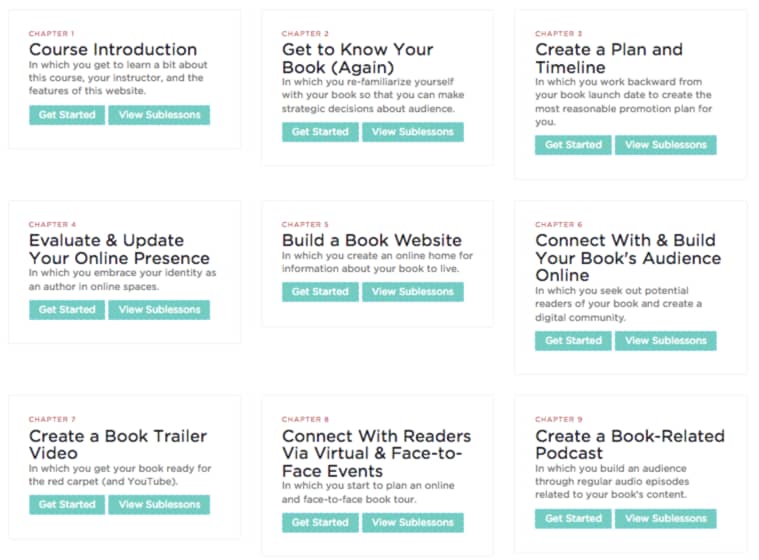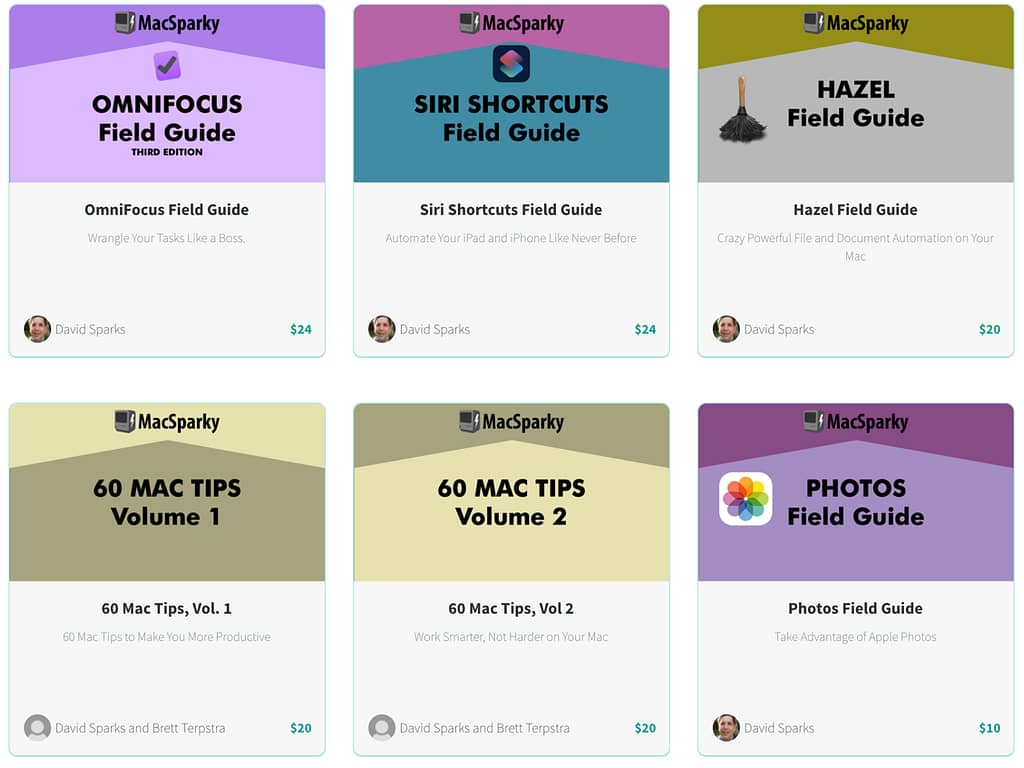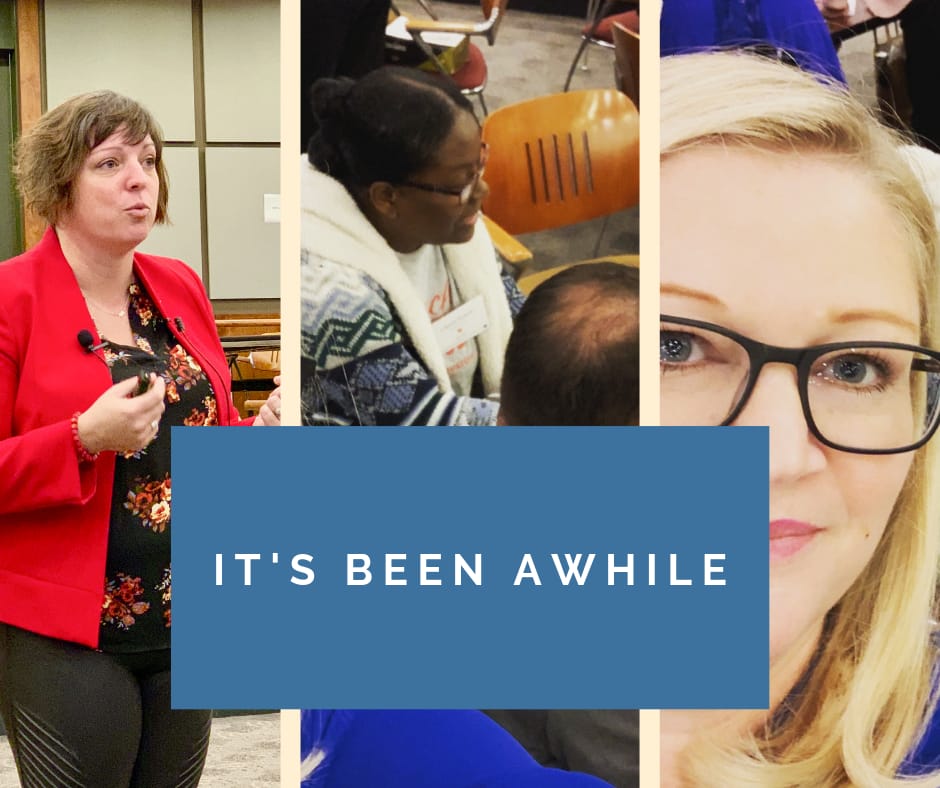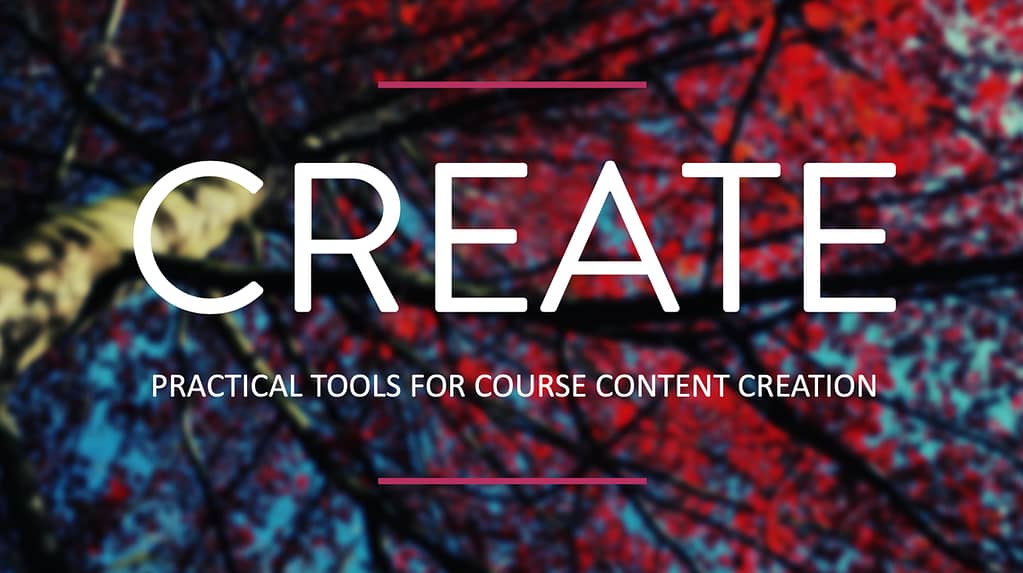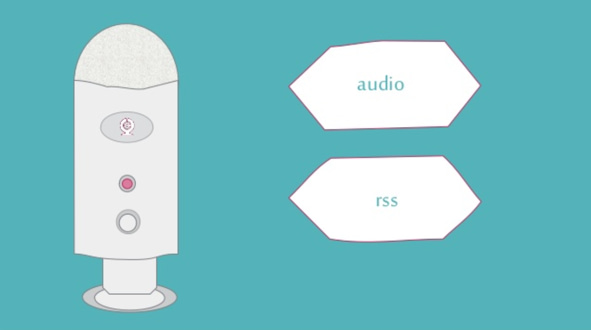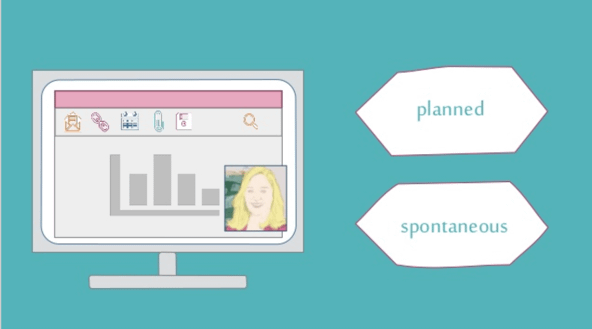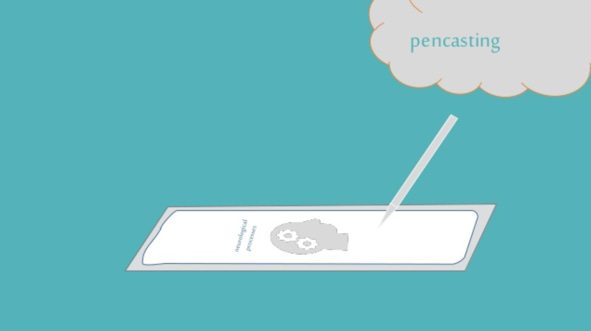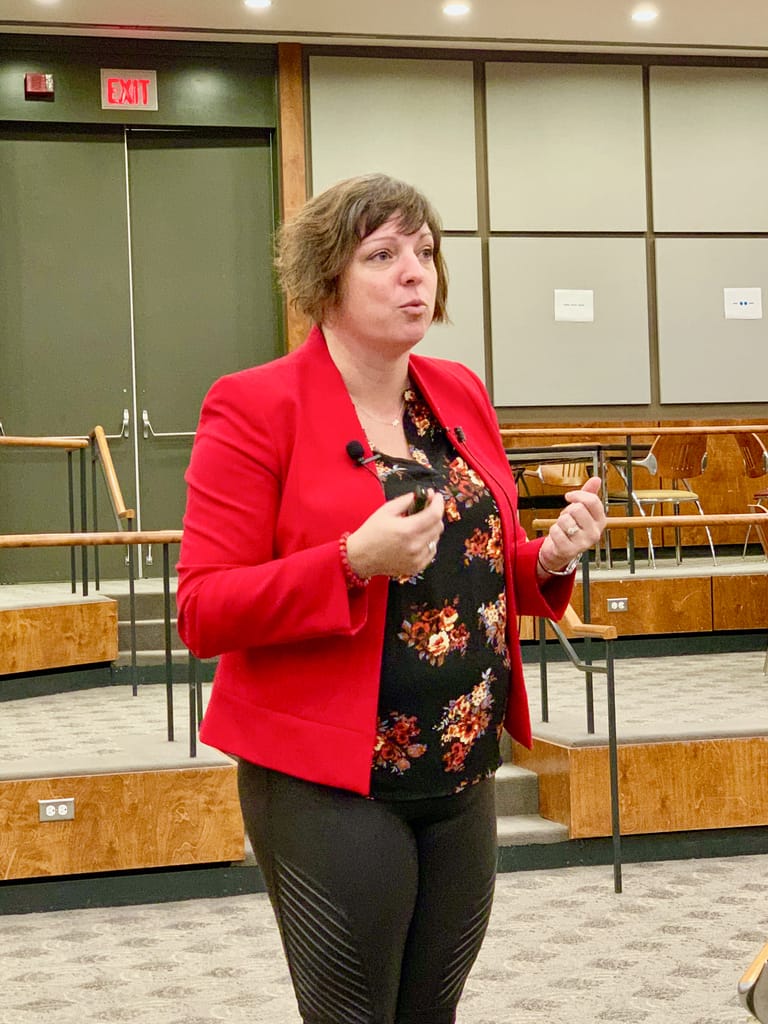
This blog post was originally posted on ACUE's website. Thanks to Geoff Decker for getting me to reflect on these questions.
When it comes to producing podcasts, a quick audio cut or fade can help polish over mistakes. When it comes to Dr. Bonni Stachowiak’s popular Teaching in Higher Ed, mistakes are worthy of celebration.
Stachowiak’s willingness to grapple with gaffes was on display a few years ago when she turned an on-air blunder into an opportunity to highlight the importance of embracing failure as part of the learning process. The memory stands out as Stachowiak reflects on more than four years—and 230 episodes—of Teaching in Higher Ed (TiHE), which features weekly expert guests on a range of teaching and learning topics, from instructional practices and digital pedagogy to the faculty profession. A common thread through them all is the sense that each conversation is part of a “learning journey” that she’s on with her listeners and guests.
ACUE is thrilled to be along for the ride. Since 2016, we’ve been connecting TiHE to some of the inspiring experts and educators with whom we’ve partnered, from Saundra McGuire, to Catherine Haras, to Viji Sathy and Kelly Hogan. As the TiHE-ACUE partnership kicks off its third year, we sat down with Stachowiak to hear her reflections on podcasting and teaching.
Q: What’s a favorite memory or funny story from the podcast?
A: It was my first interview with Ken Bain, and I was so excited—and nervous—because his book, What the Best College Teachers Do, was the very first book that I read about teaching in higher ed. When we finished, he mentioned off air that there was one more thing he wanted to share, but before I could hit record again, he had already started talking. I didn’t want to be rude and interrupt him, so I started taking notes because he was mentioning some people I was unfamiliar with at the time, including Eric Mazur, who’d just become the first-ever winner of the Minerva Prize, a half-million dollar prize for teaching excellence.
When he was through, I looked back over my notes and said, “Tell me again about the Manure Prize.” I said it three times before he very gently said, “Bonni, it’s actually the Minerva Prize.”
Yes, my autocorrect had changed ‘Minerva’ to ‘manure.’ It was one of those things I initially wanted to edit out of the show, but if this podcast is about going on a learning journey, then how would I have known who Eric Mazur was without these kinds of experiences?
Not only did we keep it in, but we ended up doing an episode that celebrates failure and how we learn from it. Episode 100—The Failure Episode— is one of my favorites because it featured people sharing their failure stories. We gave the ‘Manure Prize’ to the person with the greatest failure. (The winner was Maha Bali, a professor and faculty developer at the American University in Cairo.)
Q: How does the craft of interviewing apply to the craft of teaching?
A: Asking simple questions applies to both worlds of teaching and interviewing. A lot of people ask a question like “How do you approach this?” and then begin to answer it with multiple choices: “Do you do it this way? Do you try it this way?” There’s no need for that. Ask a simple question and then stop talking. It’s in the silence that the richest answers will come.
Also, Alex Blumberg, an amazing podcaster, has a formula for how to think about storytelling: “I’m telling a story about X. It’s interesting because Y.” That could be applied more in our teaching. For so many of my classes now, I think, “What is the story? What is really the overarching question I’m hoping to ignite my students’ curiosity around? What makes it interesting?” To me, you could build your entire teaching philosophy on that.
Q: What advice would you give to yourself in your first year of teaching?
A: I would tell myself to slow down and mellow out, both for the sake of my students and for my own sake. It isn’t about covering all the material, it isn’t about ensuring everything goes according to the plan, it isn’t about trying so hard to make sure everyone is riveted at all times by what’s going on in the classroom. I’d tell myself that part of the process for slowing down is to listen a lot more and ask a lot more questions.
Q: If you could interview anyone, living or dead, who would it be and why?
A: Brené Brown. She is such a wonderful researcher, thinker, writer, and speaker who has written so many compelling things. Her TED Talk on vulnerability is the most powerful TED Talk I’ve ever seen, and I’d just love the opportunity to talk to her about how vulnerability could—and should—inform our work in teaching. I’m curious about how she handles her classes and brings her life’s work into the classroom. She’s written about this somewhat, but it would be wonderful to speak to her and ask what specifically can be integrated into teaching. I also have a sense from watching so many interviews with her that she’d be so warm and engaging, and that would probably shave off at least some of my nervousness.

 I’m so sad to report that after I wrote the earlier portions of this post, I learned that Peter Kaufman (
I’m so sad to report that after I wrote the earlier portions of this post, I learned that Peter Kaufman (

